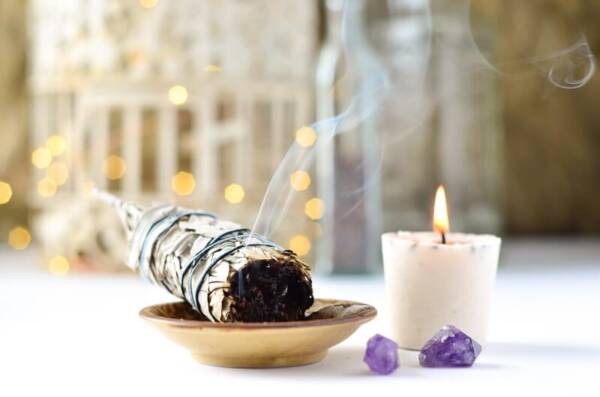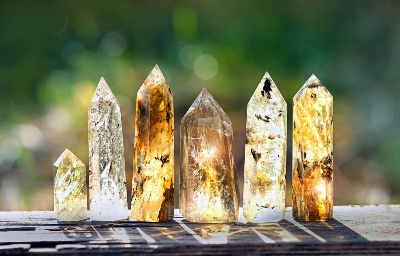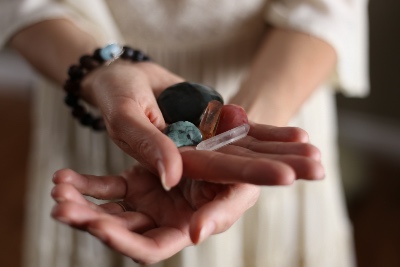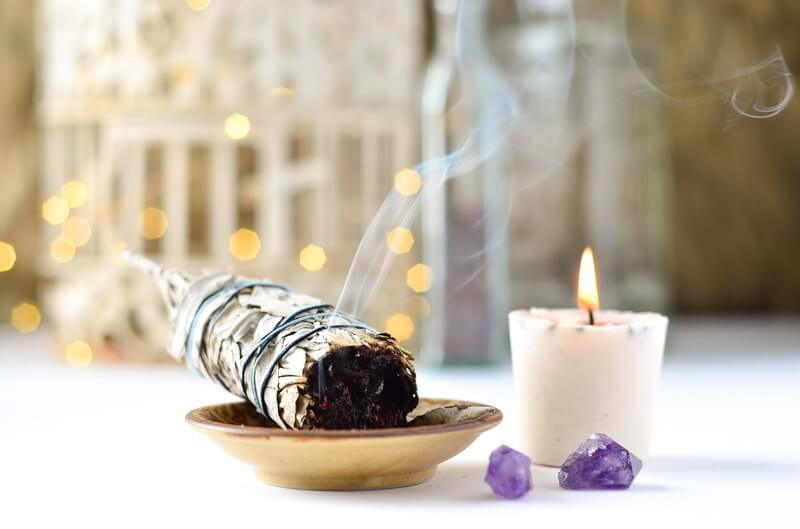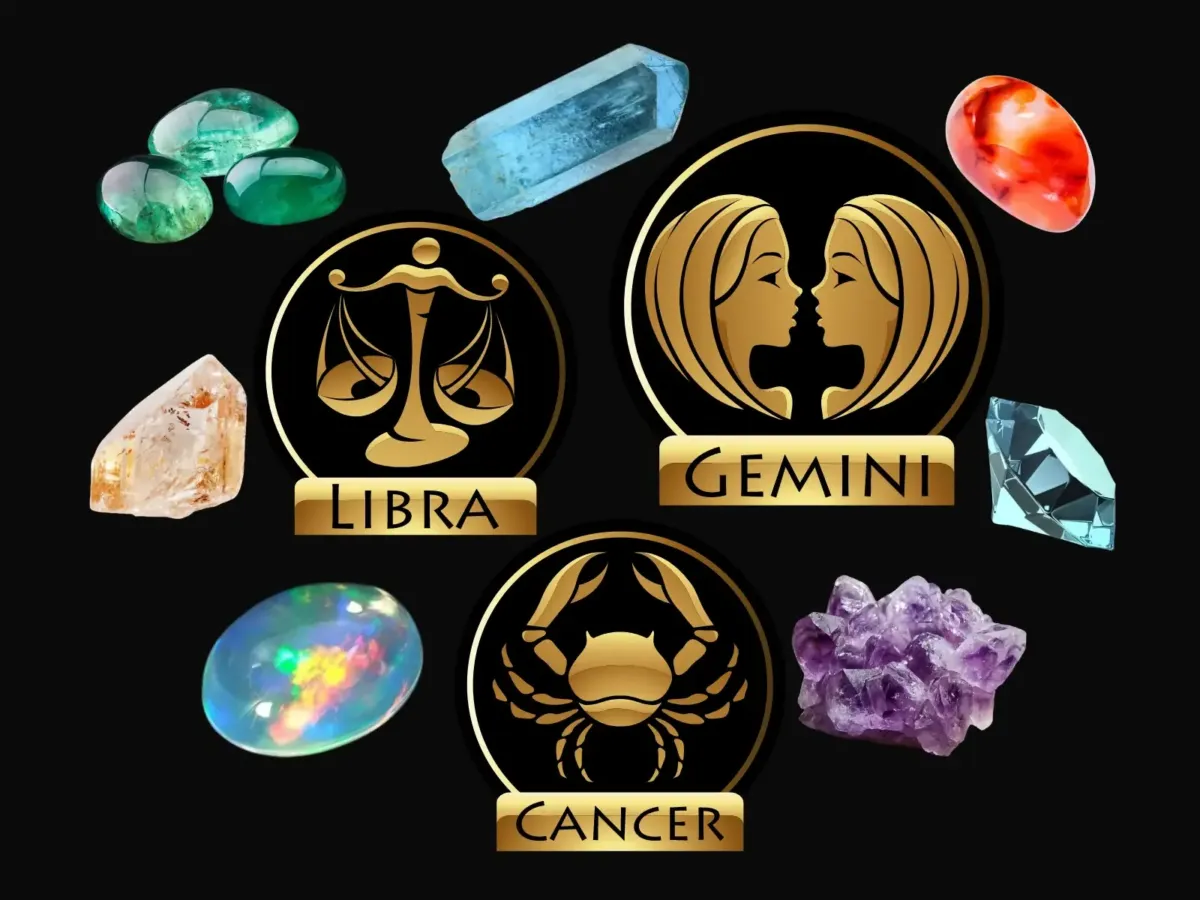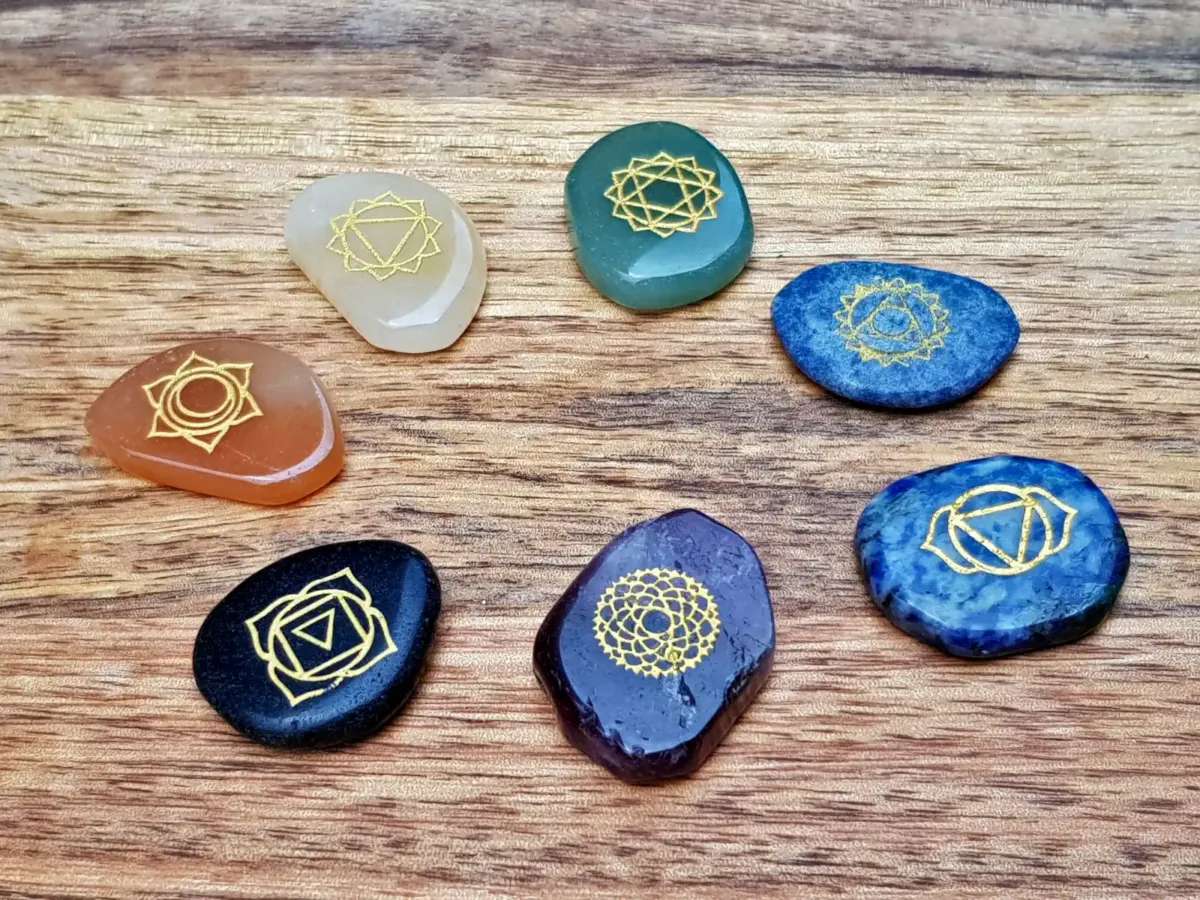Can Lapis Lazuli Go In Water? What You Need To Know…
Lapis Lazuli is an extremely popular choice in the crystal healing scene, but many people have no idea if it can go in water or not!
This guide will teach you if Lapis Lazuli is water safe, and lay out situations to avoid if you want to protect your stone.

Table of Contents
Can Lapis Lazuli Go In Water?
Lapis Lazuli is a stone that has been prized for centuries for its deep-blue surface that shimmers and sparkles from flecks of gold pyrite. This stone was often used to create stunning jewelry, mosaics, statues, ornamental boxes and vases. During the Renaissance period, Lapis Lazuli was ground to make a pigment that was used in oil paints. This stone is still highly coveted for its use in jewelry settings and for its many healing properties and benefits.
If you own Lapis Lazuli jewelry, or if you have a tumbled stone that you use for healing, you may be wondering if your stone can safely go in water. The answer is both yes and no. Let’s take a quick look at Lapis Lazuli and its relationship with water.
The Mohs Hardness Scale is a scientific way to see if a stone is hard enough to be in water without dissolving. If a stone is at a 6 or higher, then it’s pretty safe to put it in water. Lapis Lazuli is about a 5.5 on this scale, so that places it right at the line between water soluble and safe to go in water.
However, Lapis Lazuli contains inclusions, such as Calcite, that are much lower on the scale and may actually dissolve in water. If that were to happen, your stone would lose its shape and may end up with holes or cracks.
Lapis Lazuli, among other stones, will actually give off toxins when it comes in contact with water. It’s not the stone itself, but the pieces of pyrite that are in the stone that release sulfur into the water. Sulfur-laced water is poisonous and will cause skin irritation and other problems. Never drink water that has come in contact with Lapis Lazuli, and you should always wear rubber gloves if you do put your stone in water.
So while Lapis Lazuli can technically go in water without immediately falling apart, doing so may cause considerable damage to your stone, and toxic materials may be released. This means that it’s probably best to find another way to cleanse your Lapis Lazuli.
When Would You Want To Put It In Water?
Many stones can be safely and effectively put in water. Unfortunately, Lapis Lazuli is not one of these stones. If it gets a little wet in the rain, or if you accidentally get it wet in the shower, no harm will be done. Even so, you should not use a water-based cleansing method on a regular basis.
If your Lapis Lazuli was especially dirty, then a quick rinse under pure water would probably be fine, but you would need to rub it dry right away with a soft cloth. Make sure that any water you use is free of harsh chemicals that could damage your stone.
Can Lapis Lazuli Go In Salt Water?
Before you get your Lapis Lazuli wet, it’s important to do a little research. For example, you will often hear that placing a healing stone in salt water is a great way to cleanse a stone of toxins and negativity.
While this may be the case for many stones, we do not suggest putting your Lapis Lazuli in salt water.
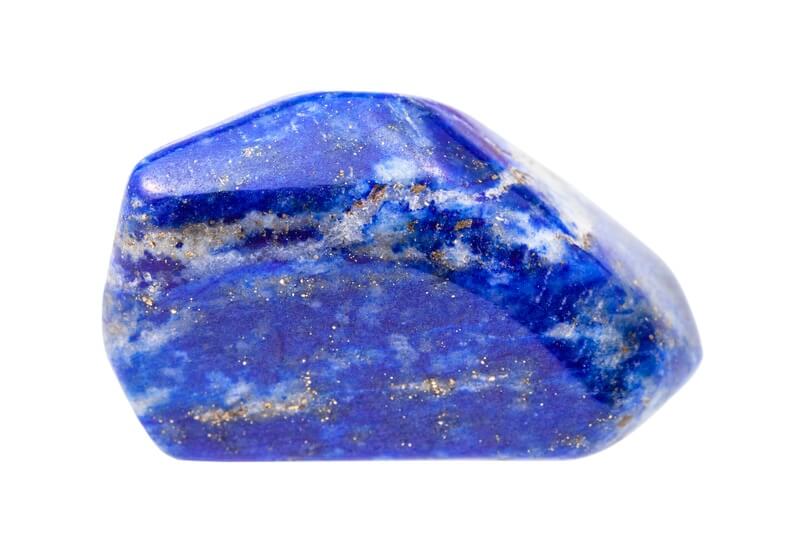
As we discussed above, putting your Lapis Lazuli in water is not encouraged because the stone may become damaged, especially if the stone is in contact with water for prolonged periods of time.
Salt water is even more harmful to Lapis Lazuli than fresh water, so you definitely want to avoid this particular method. Because certain compounds in the stone may react with the sodium in the water, your Lapis Lazuli may become more porous, lose mass and even change color.
Can Lapis Lazuli Go In Moon Water?
Using moon water to cleanse stones is another method that is often considered to be very beneficial. Again, this particular way of getting rid of toxic vibrations and negative energy is not ideal for Lapis Lazuli. Although moon water is brimming with the powerful and healing vitality of the moon, leaving your stone in the water long enough to create the moon water may cause irreparable damage.
If you love the idea of using the moon for this purpose, then simply leave your Lapis Lazuli on a windowsill to soak up the rays of a full moon. This way you are still cleansing your stone, but there won’t be any risk of water damage that comes from getting it wet.
Can You Wear It While You Shower Or Take A Bath?
Wearing your Lapis Lazuli while you take a shower or bath is a bad idea for a few different reasons. First of all, we have mentioned several times putting your Lapis Lazuli in water (especially when done repeatedly) will ultimately damage your stone.
Hot water can be quite harmful to Lapis Lazuli, so unless you are willing to take a cool shower or bath, your stone should not be exposed to the high temperatures associated with pleasurable bathing.
Harsh chemicals in the water or chemicals in your soap, shampoo or bath gels, may cause damage to your stone. Also, Lapis Lazuli gives off toxic materials when exposed to water, and that is a very good reason why Lapis Lazuli should never be part of your bathing ritual.
Alternative Cleansing Methods For Lapis Lazuli
Using water is only one way to cleanse a healing stone. There are plenty of other very effective and meaningful things you can do to keep your Lapis Lazuli healthy and full of protective energy without having to get it wet.
If you sense that your stone is not in top form, then it probably needs to be cleansed. Smudging your stone with the smoke from sage, sweetgrass or lavender is a method that we highly recommend. Hold your Lapis Lazuli in the smoke as it rises. When the smoke seems to surround your stone evenly and gently, you’re done. You’ll benefit from the purifying scent of the smoke as well.
Other ways to purify your stone include placing it on a Quartz cluster, using a tuning fork, or you can bury it in brown rice overnight. If you use rice, make sure to throw out the rice as soon as you are done with the process.
Conclusion
Lapis Lazuli can go in water, but we don’t recommend it. Consistent or prolonged exposure will ultimately damage your stone and not do an effective job of cleansing it.
If you have any questions about how water safe Lapis Lazuli is that weren’t answered in the guide above, don’t be afraid to send them our way!
